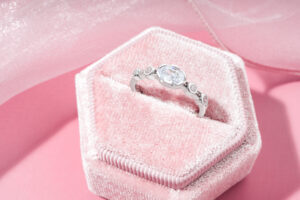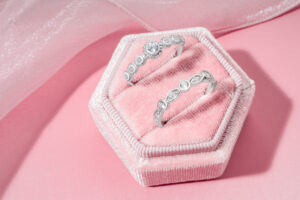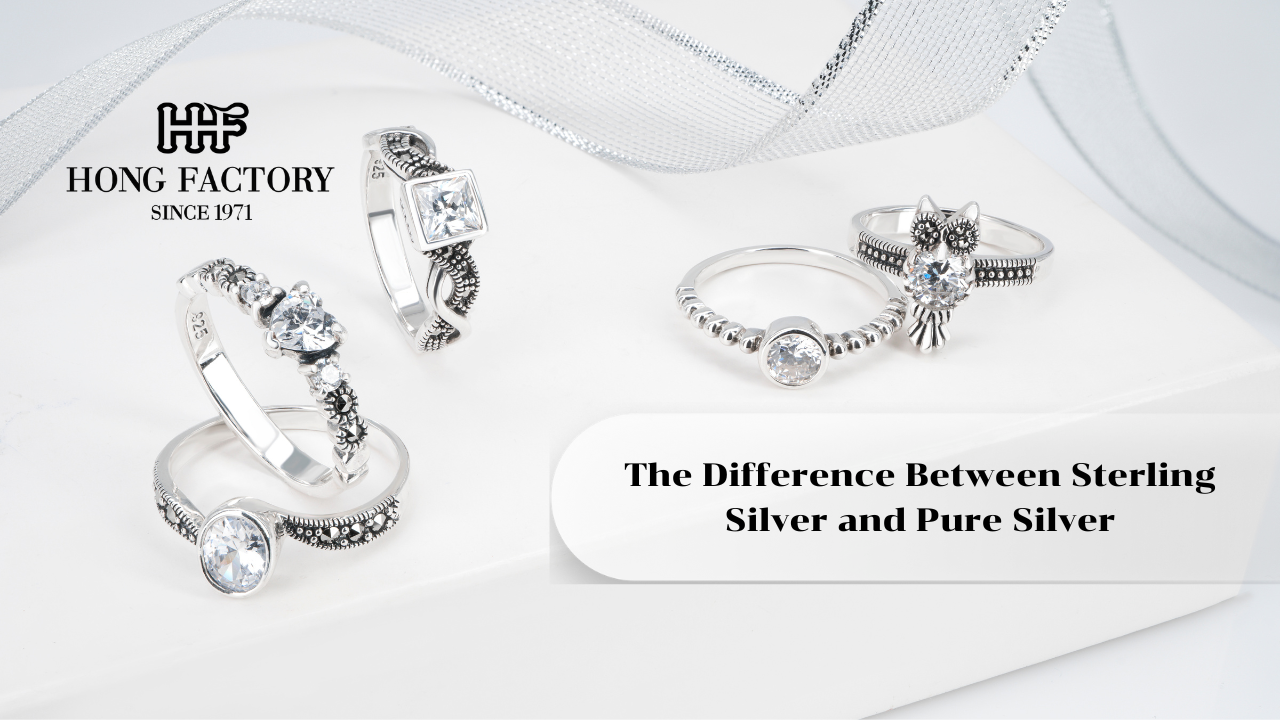Silver jewellery comes in many forms, but two of the most commonly discussed categories are pure silver and sterling silver. Although both are valuable and widely used in the jewellery industry, they differ greatly in composition, durability, appearance, and everyday practicality. Understanding these differences helps you make smarter purchasing decisions and choose jewellery that suits your lifestyle. 925
This in-depth guide explores everything you need to know about sterling silver versus pure silver, including benefits, drawbacks, uses, and how to choose the right type for your needs.
Understanding Pure Silver

Pure silver—also known as fine silver—contains 99.9% silver. It is considered the highest grade of silver available.
Key Characteristics of Pure Silver:
- Extremely soft and malleable
- Bright, luminous white shine
- Hypoallergenic and safe for sensitive skin
- Resistant to tarnish but easily bent or scratched
Because it’s so soft, pure silver is rarely used for jewellery that must endure daily wear.
Common Uses of Pure Silver:
- Collector’s items
- Decorative objects
- Luxury pendants or earrings
- High-end artisanal pieces
Pure silver is prized for its purity but lacks the durability needed for rings, bracelets, and other high-stress accessories.
Understanding Sterling Silver (925 Silver)
Sterling silver, sometimes labeled as 925 silver, contains:
- 92.5% pure silver
- 7.5% copper or other metals
This mix creates a much stronger alloy suitable for daily wear.
Key Characteristics of Sterling Silver:
- More durable and longer-lasting
- Maintains shape better
- Slightly duller than pure silver but still highly reflective
- May tarnish over time but can be easily cleaned
Sterling silver has become the industry standard for most jewellery worldwide.
Common Uses of Sterling Silver:
- Rings
- Bracelets
- Necklaces
- Earrings
- Luxury fashion jewellery
Its strength and timeless beauty make sterling silver ideal for regular use.
Purity Comparison
Let’s break down the purity difference clearly:
| Type | Silver Content | Durability | Best For |
| Pure Silver (99.9%) | 99.9% | Soft, easily bent | Collectors, delicate pieces |
| Sterling Silver (925) | 92.5% | Strong, long-lasting | Daily jewellery, rings, bracelets |
Even though pure silver contains more real silver, sterling silver is actually more practical for wear.
Which Type Shines More?
Both silver types have a natural shine, but they differ slightly.
Pure Silver Shine:
- Brightest, whitest shine
- Looks more reflective in natural light
- Ideal for special jewelry displays
Sterling Silver Shine:
- Slightly muted compared to pure silver
- Warmer tone due to alloy mix
- Can become shinier with proper polishing
To the untrained eye, the difference is barely noticeable.
Durability: Which Lasts Longer?
Durability is the biggest difference between pure and sterling silver.
Pure Silver:
- Too soft for jewellery that experiences pressure
- Easily scratched, dented, or bent
- Not suitable for everyday rings
Sterling Silver:
- Stronger and more durable
- Holds its shape even with daily wear
- Ideal for detailed designs like engravings
If you want jewellery to last for years, sterling silver is the better option.
Tarnish Resistance
Tarnish is the darkening of silver due to reactions with air and moisture.
Pure Silver:
- Highly resistant to tarnish
- Needs minimal cleaning
Sterling Silver:
- Can tarnish due to copper content
- Tarnish can be removed with cleaning cloths
- Coatings like rhodium can prevent tarnish
Tarnish does not mean low quality—it is simply a natural silver reaction.
Hypoallergenic Properties
People with sensitive skin should understand allergenic differences.
Pure Silver:
- Almost always hypoallergenic
- Best for people with metal allergies
Sterling Silver:
- Usually safe, but reactions can occur if alloy contains nickel
- High-quality 925 silver typically avoids nickel
Choose nickel-free sterling silver for sensitive skin.
Weight and Feel

Pure silver feels softer and slightly lighter, making it ideal for artistic jewellery. Sterling silver feels stronger and more substantial.
Pure Silver:
- Soft to the touch
- Lightweight
- Easily misshaped
Sterling Silver:
- Firm feel
- Ideal weight for jewellery like chains and rings
Most people prefer the sturdy feel of sterling silver.
Price Comparison
Pure silver contains more silver content, but sterling silver is more commonly used.
Pure Silver:
- Slightly more expensive due to higher purity
- Premium-priced for artisan collectors
Sterling Silver:
- More affordable and practical
- Widely available in all jewellery stores
Sterling silver offers the best balance of price and durability.
How to Identify Each Type
There are easy ways to check if a piece is pure or sterling silver.
Pure Silver Markings:
- “.999”
- “Fine Silver”
Sterling Silver Markings:
- “925”
- “Sterling”
- “SS”
Always look for hallmarks before purchasing.
Which One Should You Choose?
Here’s a quick guide to help you decide:
Choose Pure Silver if:
- You love high-purity jewellery
- You prefer delicate, non-daily pieces
- You collect artisanal or handmade items
Choose Sterling Silver if:
- You want long-lasting jewellery
- You use accessories every day
- You prefer stronger, more affordable options
For most people, sterling silver is the go-to choice.
Final Thoughts
Pure silver and sterling silver both hold beauty and value, but they serve different purposes. Pure silver offers unmatched purity and shine but is best for delicate or artistic pieces. Sterling silver, with its enhanced strength and durability, is ideal for daily wear and intricate designs.
Whether you’re buying jewellery for yourself or as a gift, understanding the difference ensures you choose pieces that will remain beautiful and functional for years. Silver—whether pure or sterling—continues to be a timeless, elegant choice that never goes out of style.
